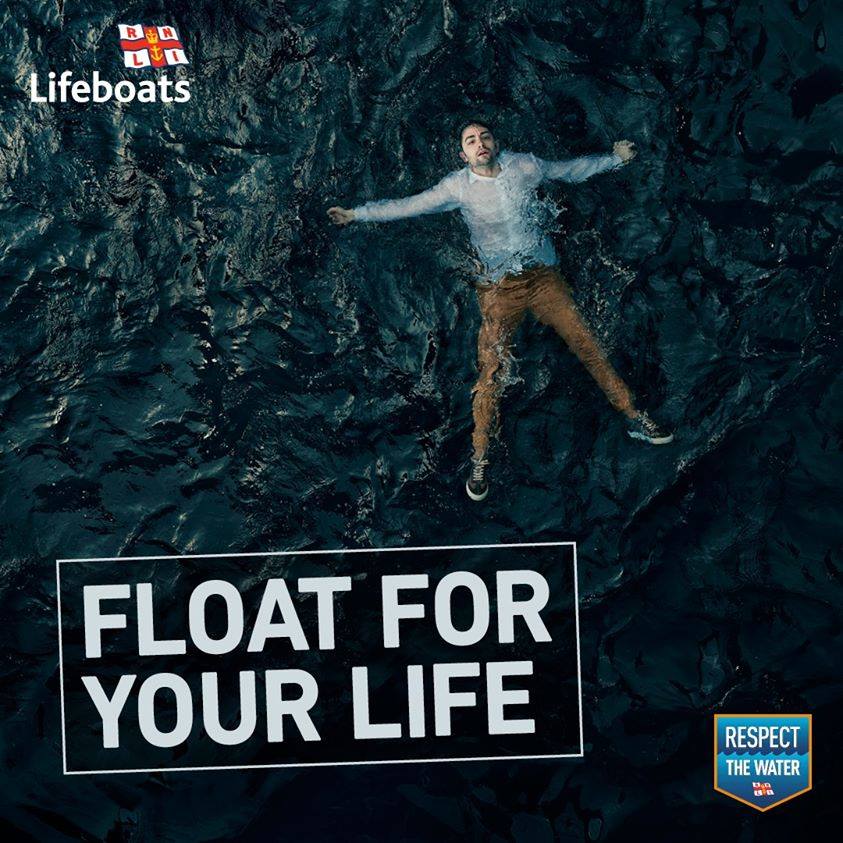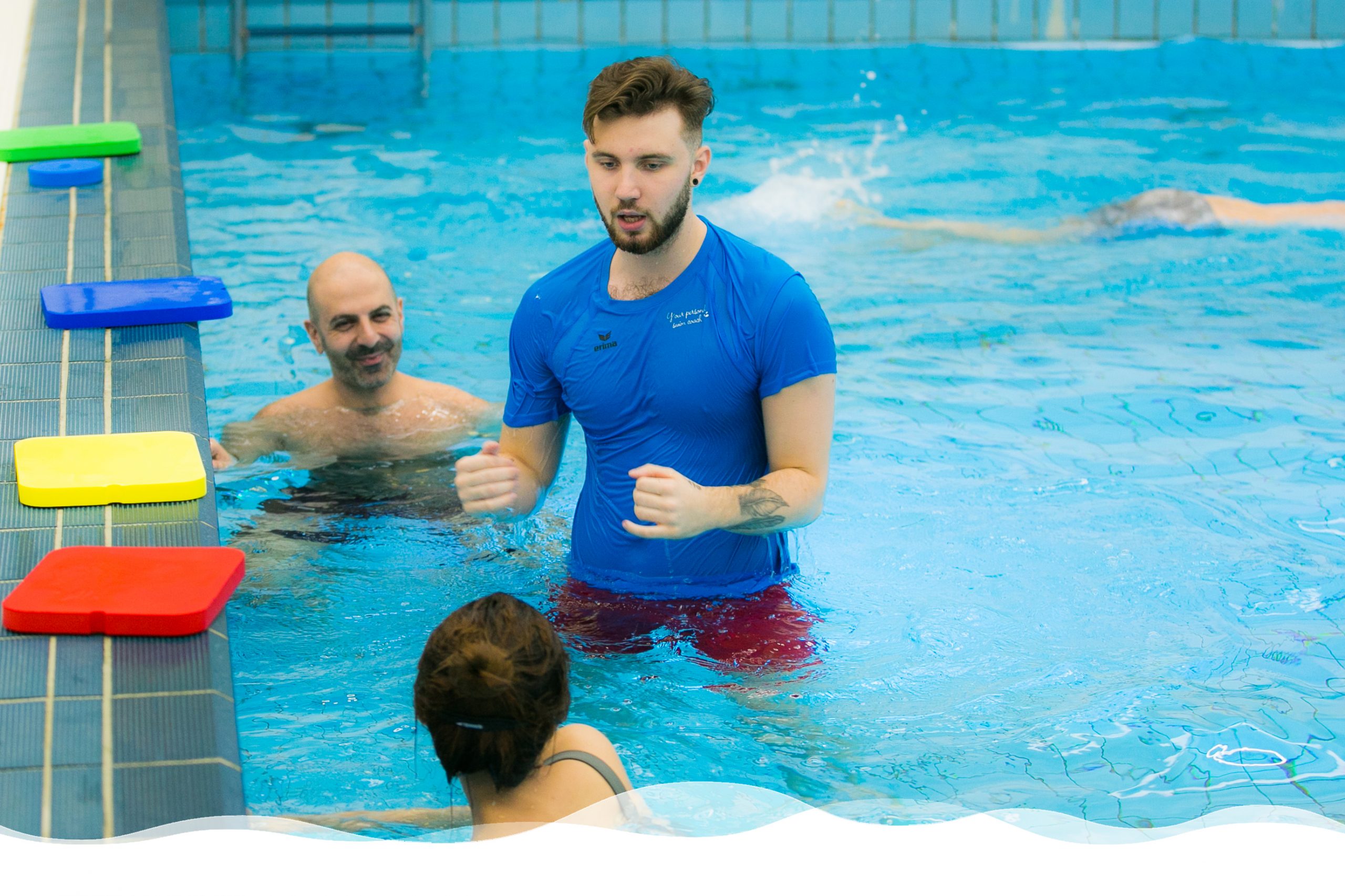The science of Flotation
Human beings float by nature if there is oxygen inside the lungs. How an individual floats is determined by the buoyant force from water and the pull of gravity. It varies considerably between swimmers. It requires technique adjustments because it interacts with any movement principle. This article explains floating from a physics point of view.
Basic Physics of Flotation
When an object floats in dense fluid, it is affected by two forces. One is the ever-present force due to gravity and the other is the buoyant force, a force exerted by the fluid on the object. When the object is symmetrical, such as a rectangular block of Styrofoam, the two forces coincide. When the object floats, the buoyant force equals the gravitational force. Since the floating object displaces its weight in fluid (Archimedes’ Principle), equilibrium is reached and the Styrofoam block rests at the surface in the fluid. The water “supports” the weight of the object.
This simple event is illustrated in Figure 1. Confusion often reigns between the roles of the volume and the weight of the water displaced. Archimedes’ Principle is appropriate to understand what occurs. It commonly is stated as follows:
When a body is immersed in a fluid, it experiences an upward buoyant force equal to the weight of the fluid displaced.
Neutral Buoyancy
Weight is the common measure of the gravitational force. When the volume and weight of water displaced are equal to the volume and weight of the object, the object does not float or sink. The state of “neutral buoyancy” is achieved. This is useful for activities such as scuba diving, where a buoyancy compensator is used to produce neutral buoyancy. If the effects of that device were not used, a diver would be fighting constantly against sinking or rising in the water resulting in the unnecessary expenditure of energy and air supply.


Specific gravity
When the volume of an object is greater than the volume of the fluid displaced, some of the object will show above the fluid surface. Specific gravity (in water) is the useful measure of the capacity to float. It is the fraction: the weight of the object divided by the weight of an equal volume of water. For example, if a 99 kg person displaces 100 kg of water when fully immersed, the specific gravity of the individual would be .99 (99/100). The volume of the person above the surface would weigh 1 kg. Because of varying densities within the human body, it is not possible to determine the percent of volume of the swimmer that would float out of the water.
(Source: Swimming science Bulletin ’07. Brent S. Rushall, Ph.D.)
“Water supports the wait of each object.”

Learn how to float
Lorem ipsum dolor amet consec tetur adipiscing elit eiusmod tempor incididunt labore dolore magna alirua enim minim veniam nostrud exerci tation ullamco laboris aliruip commodo.

Conquor your waterfear
Lorem ipsum dolor amet consec tetur adipiscing elit eiusmod tempor incididunt labore dolore magna alirua enim minim veniam nostrud exerci tation ullamco laboris aliruip commodo.

The way we teach
Lorem ipsum dolor amet consec tetur adipiscing elit eiusmod tempor incididunt labore dolore magna alirua enim minim veniam nostrud exerci tation ullamco laboris aliruip commodo.
Our adult swim classes
Your Personal Swim Coach will help you become a more confident you, a stronger, fitter and healthier you, a happier, care-free you and ensure your success in learning to enjoy and feel safe in and around water!
01
Beginners class
If you can’t swim yet and are fearful and/or challenged.
Also if you have taken classes before and failed, this class is guaranteed to bring you success!
02
Stroke improvers class
If you can swim but have fear of deep water.
Survival skills will enable you to spend hours in the water without getting exhausted.
